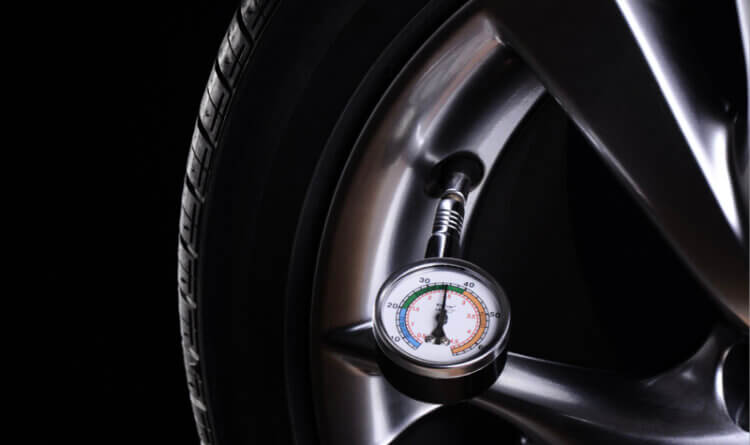Tyre Pressure
The Key to Optimal Performance, Safety, and Fuel Efficiency
Your tyres are the only point of contact between your vehicle and the road, so ensuring they have the right amount of air in them is crucial. Improper tyre pressure can compromise handling, shorten tyre life, and even impact your fuel efficiency. They can significantly impact the safety of your vehicle. Here’s what you need to know:
Why Tyre Pressure Matters
Safety: Underinflated tyres flex excessively, generating heat and increasing the risk of a blowout. Overinflated tyres have a reduced contact patch, reducing grip and affecting braking performance.
Handling and Comfort: Correct tyre pressure helps maintain your vehicle’s designed handling and ride characteristics. Improper pressure can lead to unpredictable steering response and a harsher ride.
Tyre Wear: Tyres with incorrect pressure wear unevenly or prematurely, needing replacement sooner.
Fuel Economy: Underinflated tyres create more rolling resistance, forcing your engine to work harder and use more fuel. So tyre pressure is extremely important in fuel efficiency.

Where to Find the Right Tyre Pressure
Driver’s Door Jamb: Most vehicle manufacturers place a sticker on the driver’s door jamb (or sometimes the passenger door) listing recommended tyre pressures for front and rear tyres.
Owner’s Manual: Your car’s owner’s manual has specific tyre pressure recommendations and may offer guidance on adjusting pressure based on load.
Fuel Filler Door: Sometimes, tyre pressure information can be found on the inside of your fuel filler door.
The Vehicle’s Digital Display: Shows the tyre pressure, ensuring that all four tyres are properly inflated for optimal performance and safety.

Checking Your Tyre Pressure
Monthly Checks: Make it a habit to check your tyre pressure at least once a month.
Cold Tyres: Check your pressure when the tyres are “cold,” meaning they haven’t been driven on for a few hours or only driven short distances.
Tyre Pressure Gauge: Don’t just eyeball your tyres; use a reliable tyre pressure gauge for accurate readings.

Important Notes
Different Load Pressures: Your owner’s manual might recommend higher tyre pressures if frequently carrying heavy loads or towing.
Spare Tyre: Don’t forget to check the spare tyre’s pressure regularly too!
Pro Tip: A Tyre Pressure Monitoring System (TPMS) Many newer vehicles come with a TPMS, which alerts you to low tyre pressures. However, don’t rely solely on the TPMS – regularly check with a gauge for the most accurate readings.
Get the Most Out of Your Tyres
Proper tyre pressure ensures your tyres perform at their best, saving you money on fuel and replacement tyres while optimising safety on the road. For the perfect fit and ideal tyre pressures, browse our extensive selection of tyres today!